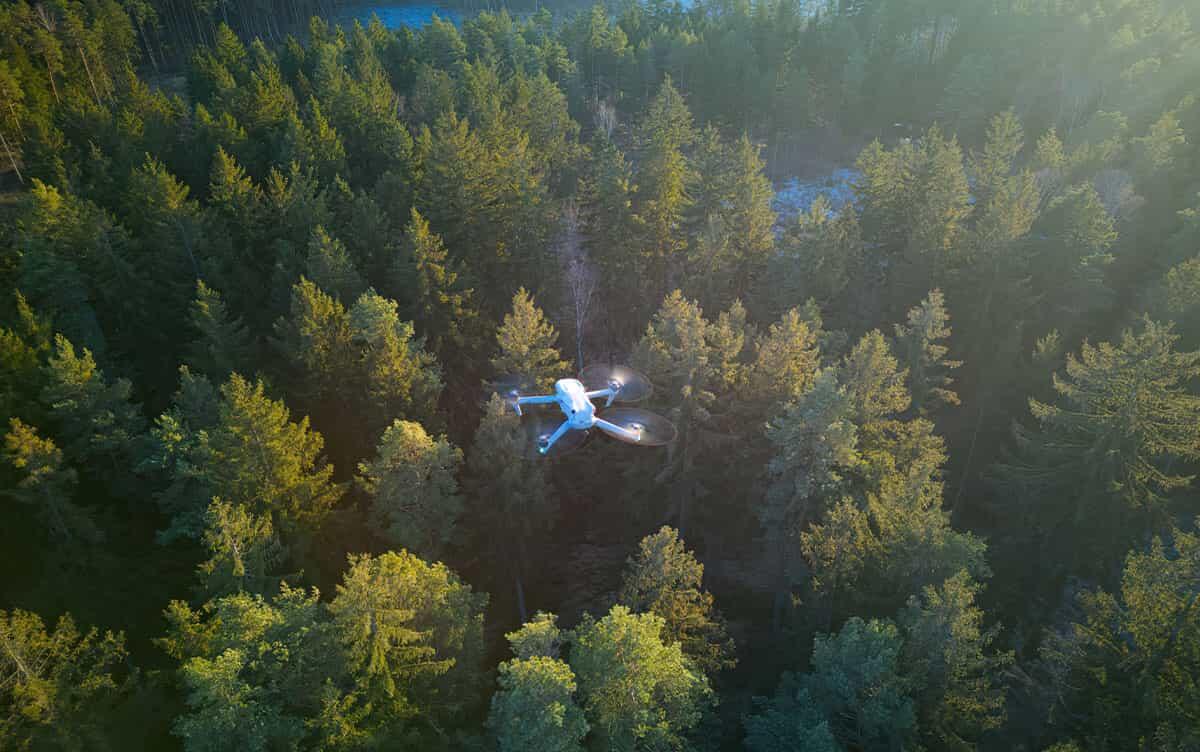Research News
Development of a Quality Design Method for Real-Time Videos from Uncrewed Aerial Vehicles
 Image by Below the Sky/Shutterstock
Image by Below the Sky/Shutterstock
Researchers at University of Tsukuba have developed the SPADE (Simulator-assisted PerformAbility Design methodology for UAV-based Systems) approach for accurate quality assessments of uncrewed aerial vehicle (UAV) video surveillance systems. Using video data recorded in a virtual environment with a UAV flight simulator, SPADE analyzes the trade-offs between quality indicators during the early development stages, thereby supporting the design process when real systems are not yet available.
Tsukuba, Japan—Uncrewed aerial vehicle (UAV) video surveillance systems equipped with computers can monitor real-time images of areas that are not easily accessible to humans. However, a high-quality, reliable video surveillance system that properly integrates computers, UAVs, networks, and surveillance software is difficult to design. During the early design phase, before the system is implemented on-site, valuating the quality and considering uncertain factors that might affect the system performance are complicated tasks. This study introduces SPADE, which creates a virtual environment closely resembling the actual operating environment of a UAV video surveillance system. Using video data of a UAV flying in this virtual environment, SPADE enables detailed quality evaluations without real-world manipulations.
SPADE collects virtual images using a UAV flight simulator. The recorded images are processed by an actual computer, which measures the processing accuracy, performance, and power consumption of the UAV. These data are introduced to a state transition model of the system for quality evaluation and trade-off analysis. The SPADE method can evaluate the effects of resolution differences among the input images on the quality of the system for real-time object detection by a UAV.
Various UAV video surveillance systems can be designed through this approach. Future research will develop methods that efficiently design complex, large-scale systems involving multiple UAVs working in coordination.
###
This work was supported in part by the grant of the Telecommunications Advancement Foundation.
Original Paper
- Title of original paper:
- SPADE: Simulator-assisted Performability Design for UAV-based Monitoring Systems
- Journal:
- Future Generation Computer Systems
- DOI:
- 10.1016/j.future.2025.107967
Correspondence
Associate Professor MACHIDA Fumio
Institute of Systems and Information Engineering, University of Tsukuba
Qingyang Zhang
Doctoral Program in Computer Science, Degree Programs in Systems and Information Engineering, Graduate School of Science and Technology, University of Tsukuba
Related Link
Institute of Systems and Information Engineering












